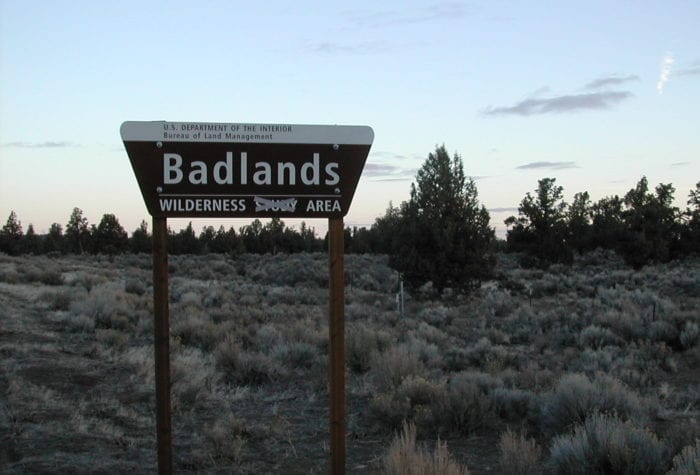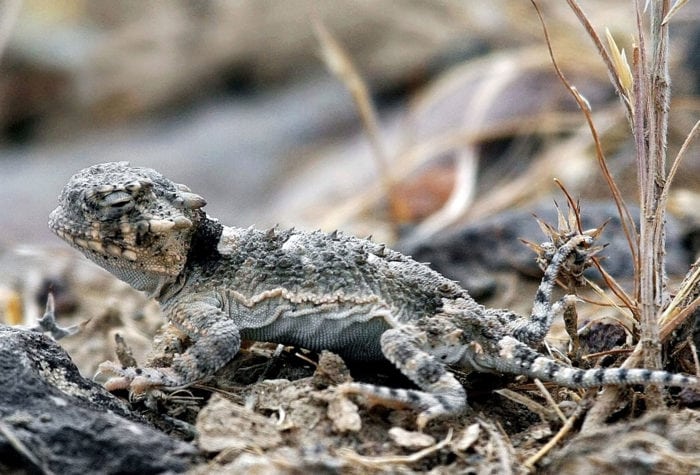By Scott Bowler
Hey, what’s that cool flower?
After leading wildflower discovery and identification trips for 40-plus years, I can tell you that people’s most common reaction upon encountering a new flower is: “Oh, cool! What’s that?” They want a name.
In this blog post, I’ll guide you through the key steps to figuring out what that cool flower is, but, first, a word about names.
While a plant’s common name is interesting and can be pretty, it can vary regionally and it’s all too often kind of meaningless. Take “spring beauty” for one example. At least five plants in Oregon are known by this common name! But, all plants have one unique scientific binomial, the Genus and species name. This Latin, or “latinized,” name provides learners with an organizational plan, as it often shows close relationships and includes clues about specific characteristics, such as color, size, shape, form, habitat, or even the botanist who identified it. With many thousands of species out there, answering “What is it?” can be complicated, but, in my experience it’s best to learn the scientific names.
Getting Started
Here’s some good news. No doubt you’ve seen thousands of flowers as you’ve explored outdoors, and you already know some of them. If you have a garden, then you’re already familiar with those plants, too. Every plant you already know will help you as you work to identify new plants in the wild.
If you have flower guide, look through it before you go out. If you don’t have a flower guide, get one and page through it!
Here are three useful desert references:
- The Nature of Bend by LeeAnn Kriegh works well all around Deschutes and Crook County, is easy to use, fun and quite interesting.
- Sagebrush Country by Roland J. Taylor is excellent for the sagebrush steppe and, although not exhaustive, it provides good information on the high desert’s most important and unique species.
- Wildflowers of the Pacific Northwest by Mark Turner and Phyllis Gustafson is more broad in scope and breadth and works well throughout our Northwest bio-region. Providing lots of information about various habitats, it’s organized by flower color and by petal arrangement, plus it includes valuable range maps for each species, which really help you determine what is growing in front of you.
And, here’s some more good news. Our brains really like to recognize, order and sort similar items, so a lot of your identification work will come naturally. Your skills will improve as you spend time in the field (soon, we hope!) and simply by being more observant when you notice a pretty flower. Stop, bend over, and really look at it closely for a moment.
To identify an unknown flower in the wild, start by asking yourself these questions:
- What is its basic anatomy? How is it put together?
- Does it look familiar? Does it remind me of something I already know?
- What is its habitat? Where and how is it growing?

